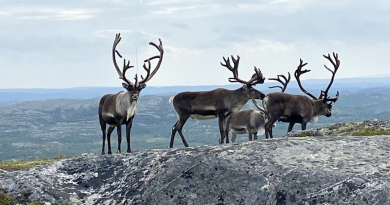Blog: About that bear – Why the media keeps getting the Arctic wrong
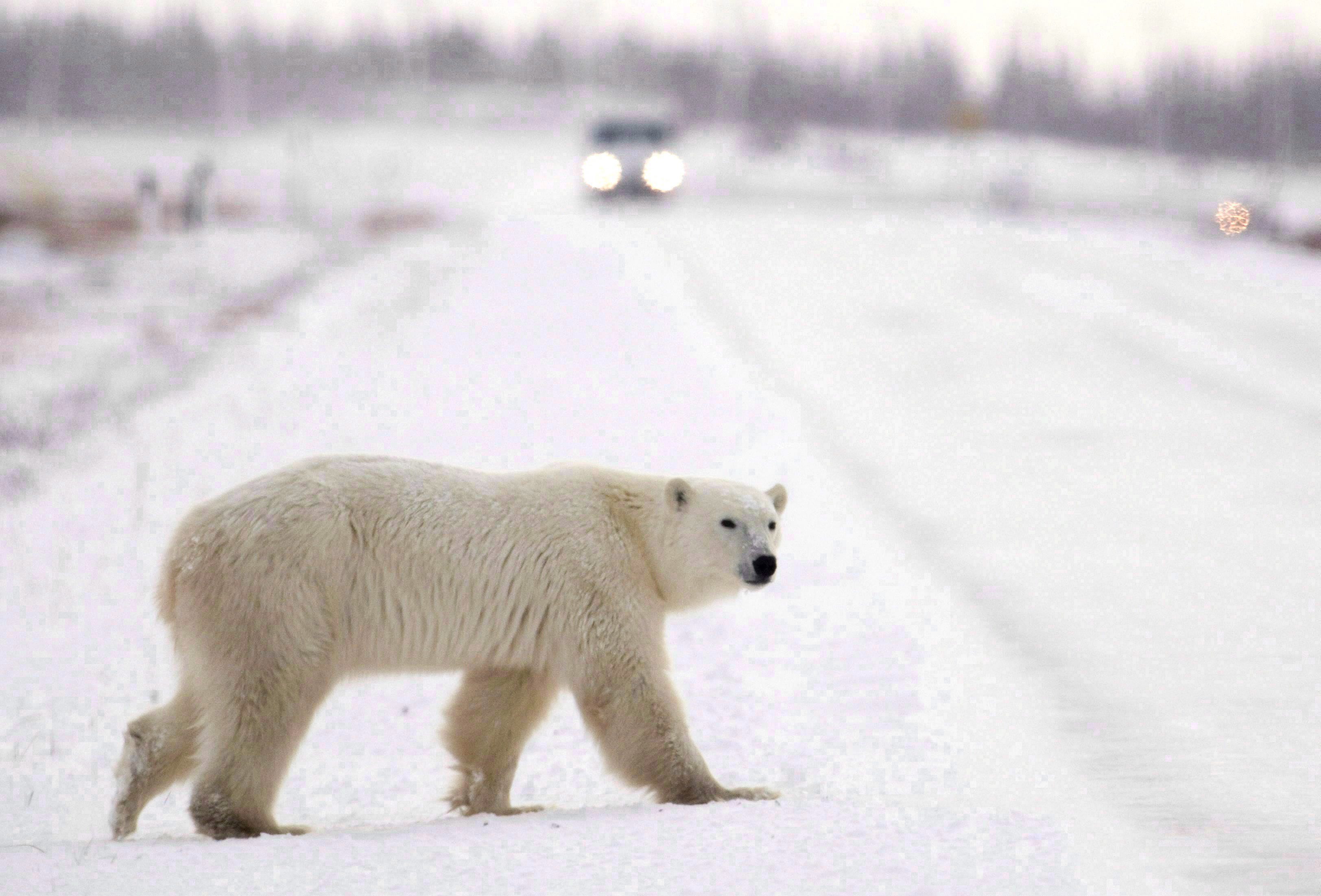
You’ve all seen it by now: the viral video of an emaciated polar bear on Baffin Island posted by National Geographic on December 7. “THIS is what climate change looks like” tweeted Canada’s Environment Minister Catherine McKenna. “When scientists say bears are going extinct, I want people to realize what it looks like. Bears are going to starve to death” said Sea Legacy photographer Paul Nicklen, who filmed it.
"When scientists say bears are going extinct, I want people to realize what it looks like," says photographer Paul Nicklen pic.twitter.com/foBaqXqOQ4
— National Geographic (@NatGeo) December 9, 2017
Last week’s video was not the first time images of skinny polar bears have gone viral. In 2015, Kersten Langenberger took a widely shared photo of an emaciated Svalbard bear. One of Nicklen’s own photos of a dead polar bear that same year got almost 50,000 likes on Instagram. But this latest polar bear video represents a new level of exposure: a perfect storm of reinforcing narratives; a flawless depiction of climate change. Combined with the emotional gut punch, it was extremely shareable on social media.
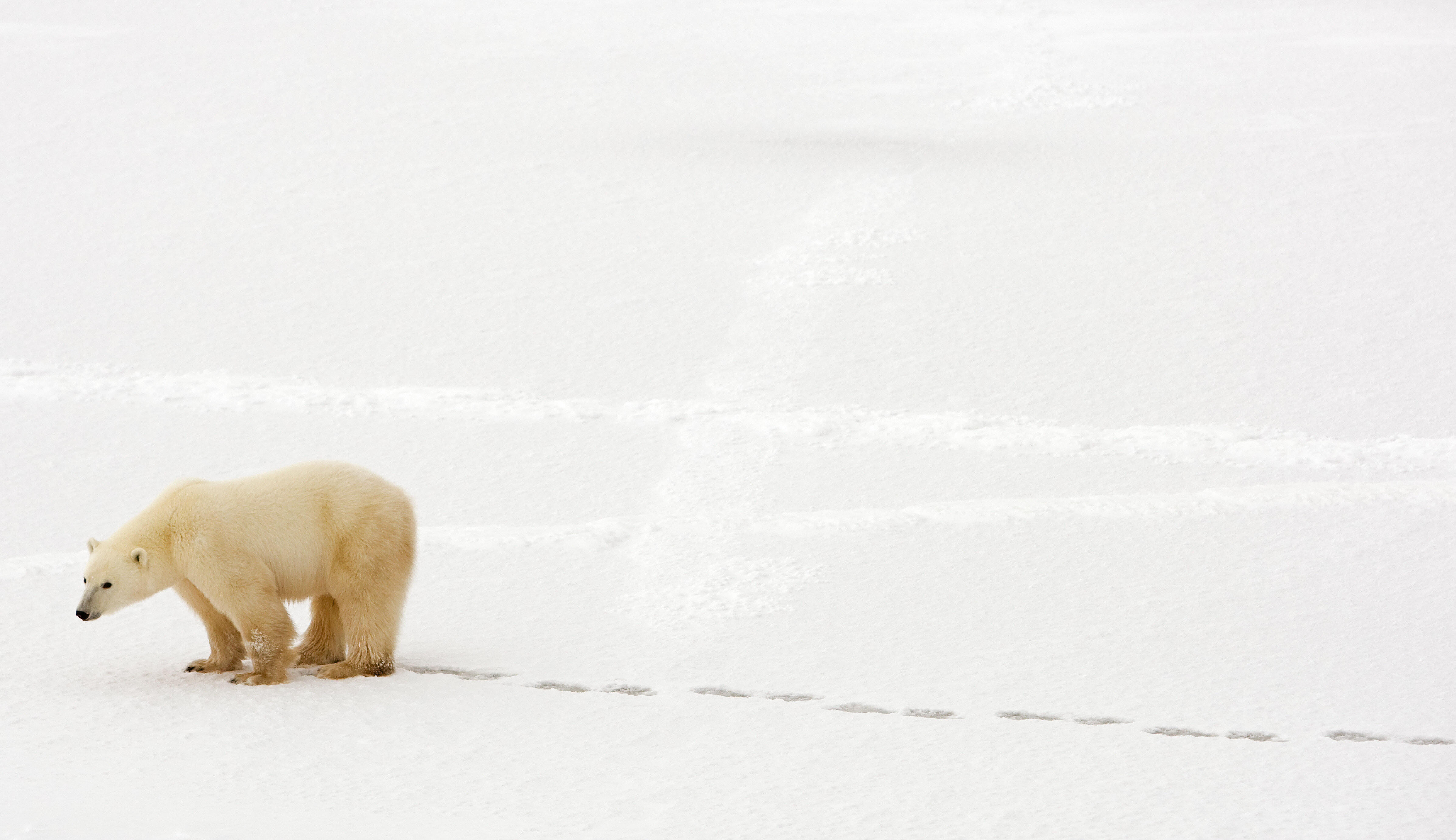
Sober second thought in more serious media outlets is now following (see here, here and here), as Inuit leaders and scientists suggest that this is not so unusual; of course all polar bears eventually die, often by starvation. By and large the idea that a single bear can provide evidence of something as complex as climate change is being rejected, just as an image of a fat bear would not prove that climate change is a hoax. For what it’s worth, Inuit hunters maintain and the scientific evidence shows that most polar bear populations are currently stable.
None of these more nuanced stories will be shared millions of time. Climate change can be real, polar bears can be healthy, and Inuit can have competing interests with environmentalists, all at the same time. But that’s a lot more to think about than the average person bargains for when they log on to Facebook. It’s not emotional, it’s not fast, and it’s not easy, and it does not capture the popular imagination. Meanwhile the narrative of endangered polar bears in the Arctic is getting further entrenched.
Arctic tropes
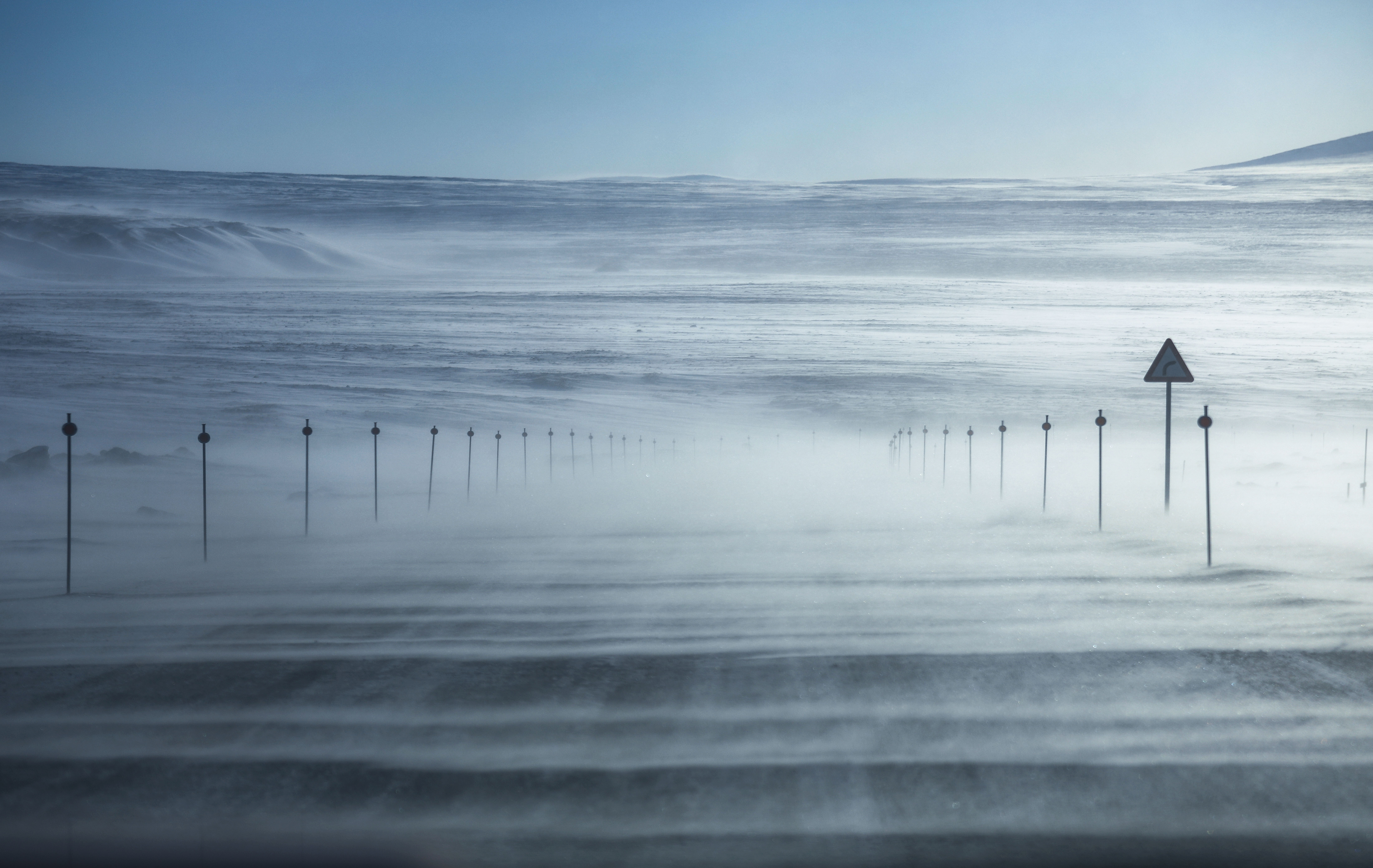
Why is the Arctic so prone to tropes? The biggest factor is that most people never step foot in the Arctic, and only experience it vicariously, through the media. Type “Arctic” into Google images; that’s a pretty good representation of what most people think of when they think of the Arctic. The romantic idea that the Arctic is empty, vulnerable and a common heritage of humankind contributes to a sense among many environmentalists that they not only have a right to save the Arctic, but a responsibility.
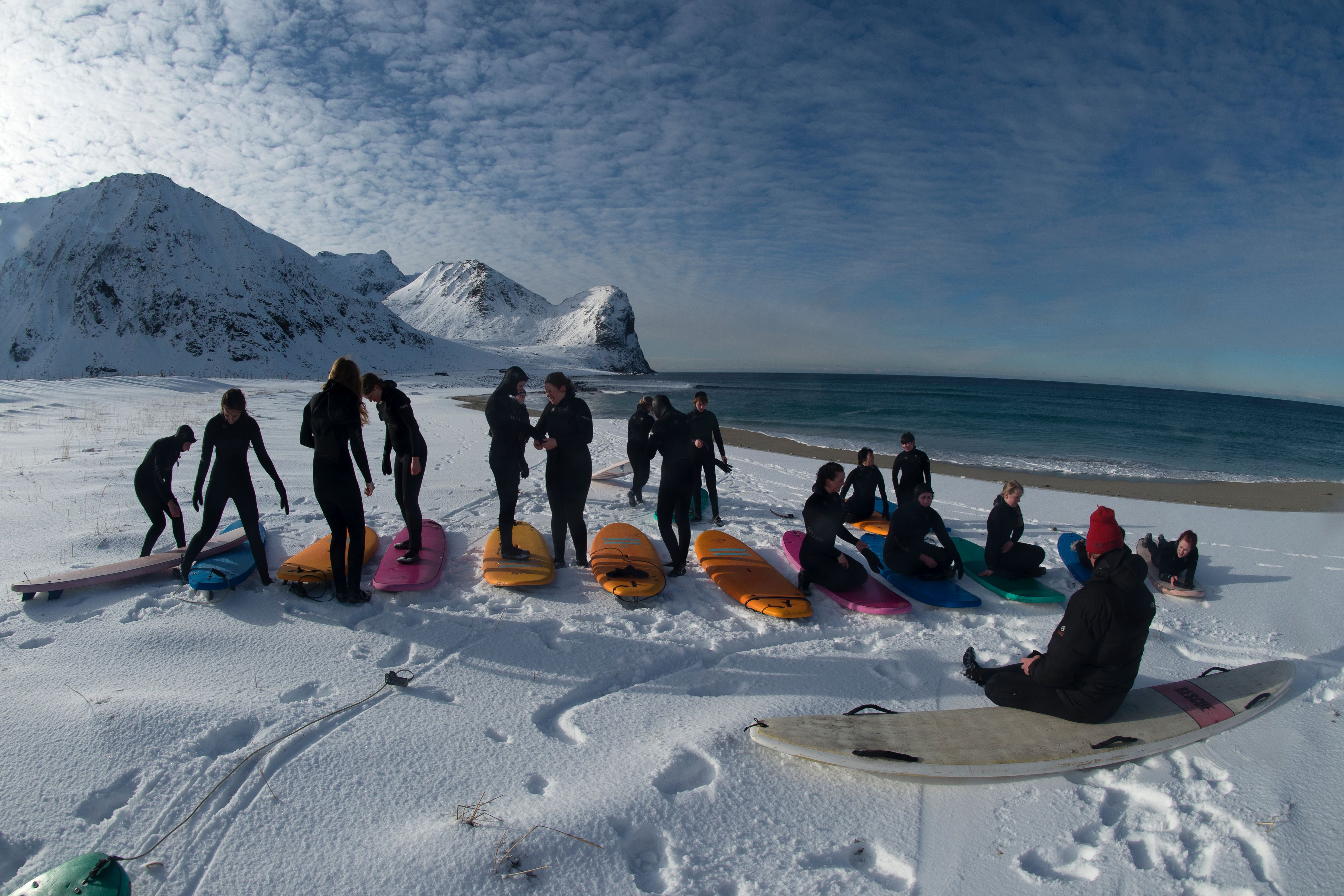
Arctic tropes are not limited to the environment. My personal favourite is The Scramble for the Arctic. Just as the framing of the Arctic as a battleground for climate change appeals to those on the left, the idea of the Arctic as a battleground between Russia and the West appeals to those on the right. Here the foundational narrative is one of mistrust: they will not be fooled, they will not be naïve, to the dangers that the Other represents. The overwhelming evidence of the region as a highly stable, largely cooperative region challenges their pre-existing beliefs. It is too much to accept that the West and Russia can have diametrically opposed interests in some political areas but common ones in the Arctic.
There are consequences
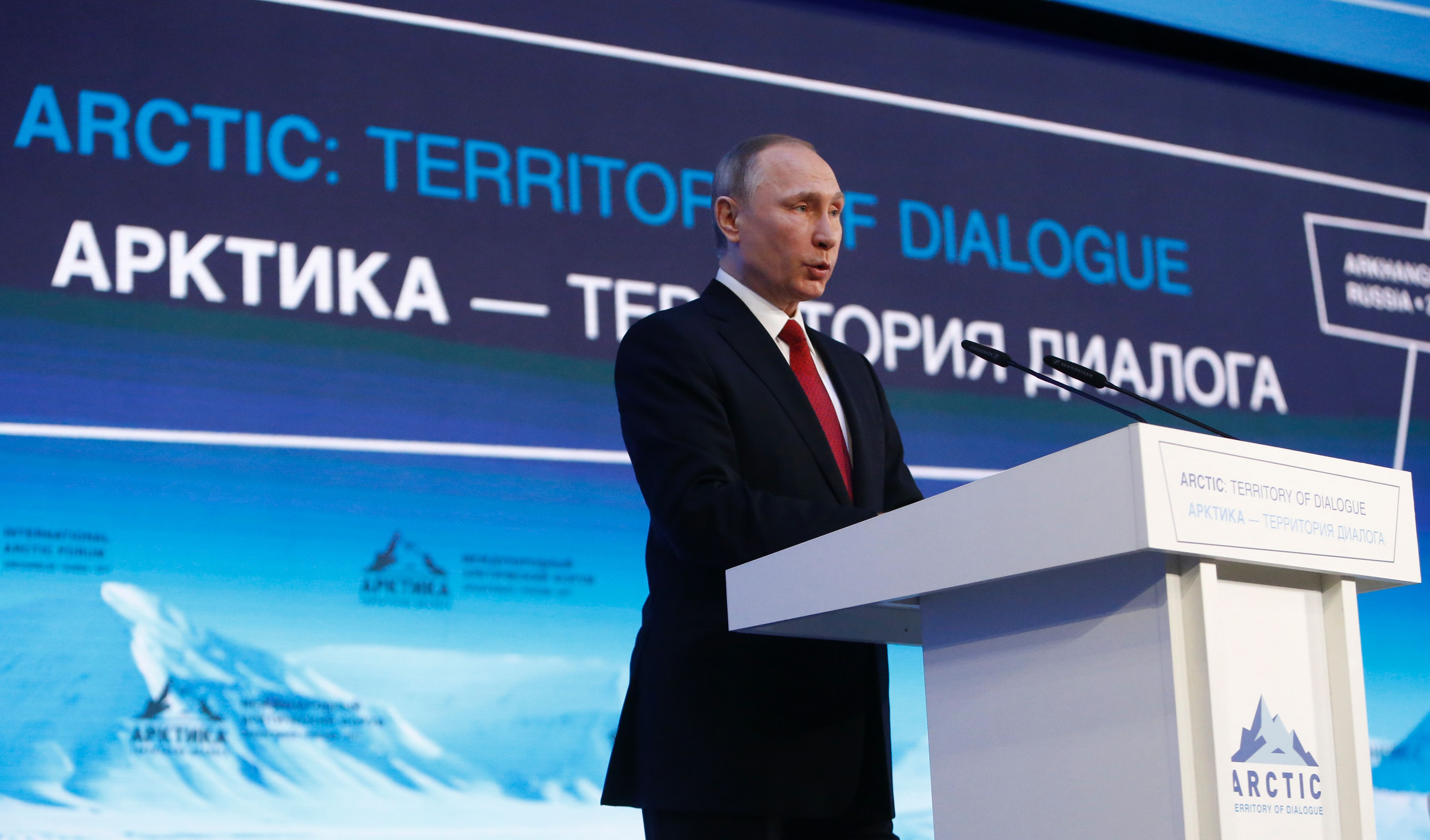
The current framing of the Arctic has real policy consequences, and they are not benign. The case can be made that dominant narratives about the Arctic have resulted in: (1) unnecessary and superfluous defense spending; (2) environmental policies such as moratoriums based on emotion rather than data; (3) an increase in the risks associated with doing business, especially resource development, in the Arctic, dampening investment.
What’s also clear is that very little about how the Arctic is framed has to do with the Arctic itself. Conventional wisdom holds that global warming is happening fast; Russia and the West are geopolitical adversaries; and transnational corporations are driven by profits rather than values. The Arctic acts as a foil for these mega narratives.
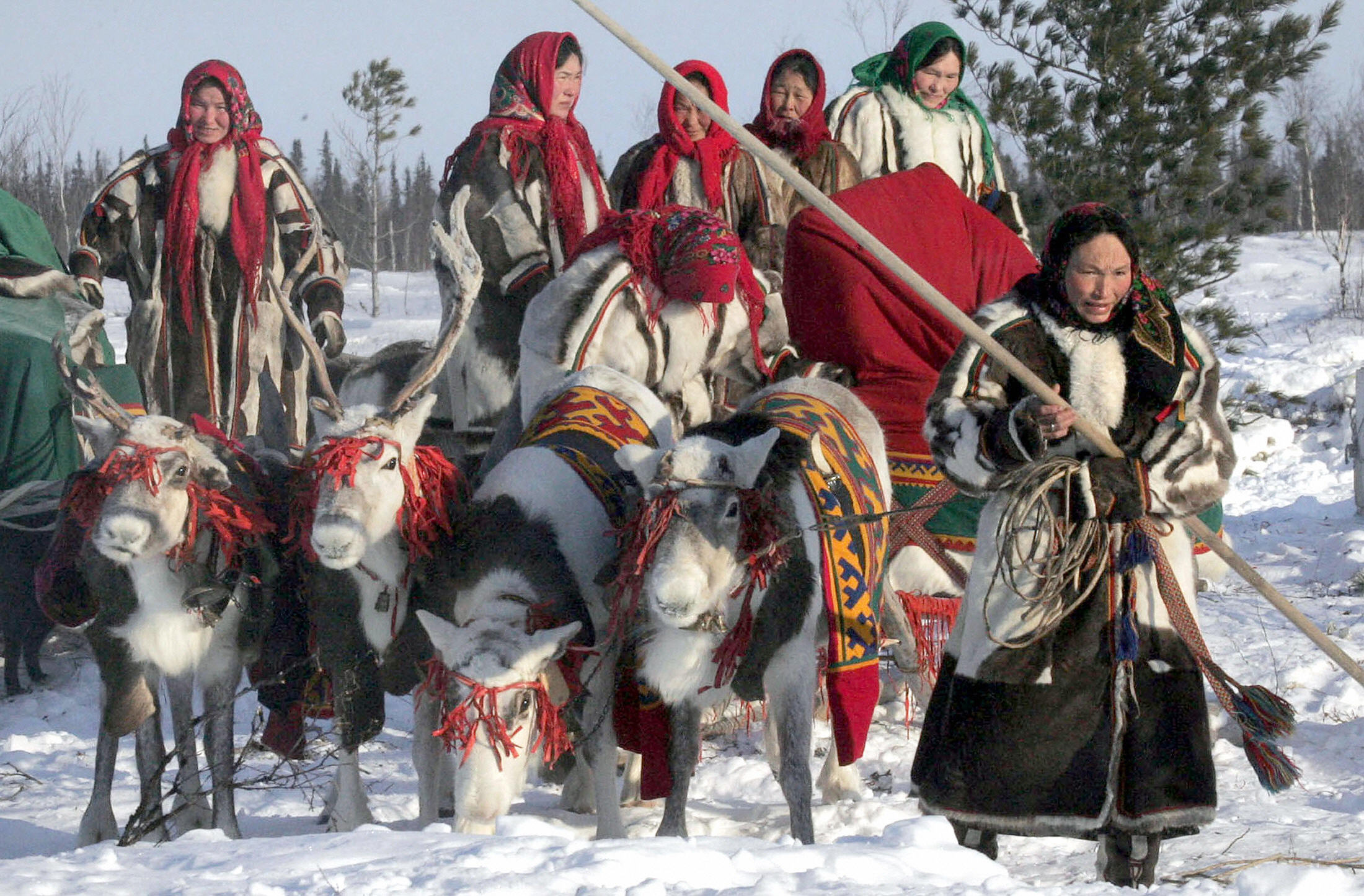
Where does that leave Arctic communities? When Northerners, especially Indigenous peoples, fit traditional media framings – as societies that are close to nature, or under attack from climate changes – their voices can be amplified. There are fewer stories about other Indigenous-owned businesses as investors in oil extraction or mining developments.
Overall, it’s an unfortunate situation that can be profoundly disempowering. It’s very hard for small, remote communities to compete with the communications budgets and social media reach of Greenpeace or National Geographic (although there’s no doubt the Inuit and scientists criticizing the video on twitter provoked the subsequent rethinking of coverage – an interesting and positive trend). And with the closing this year of Arctic Journal and Arctic Deeply, and the restructuring of Arctic Now, there are fewer media outlets with a principally regional Arctic perspective to counterbalance the more superficial coverage from mainstream outlets.
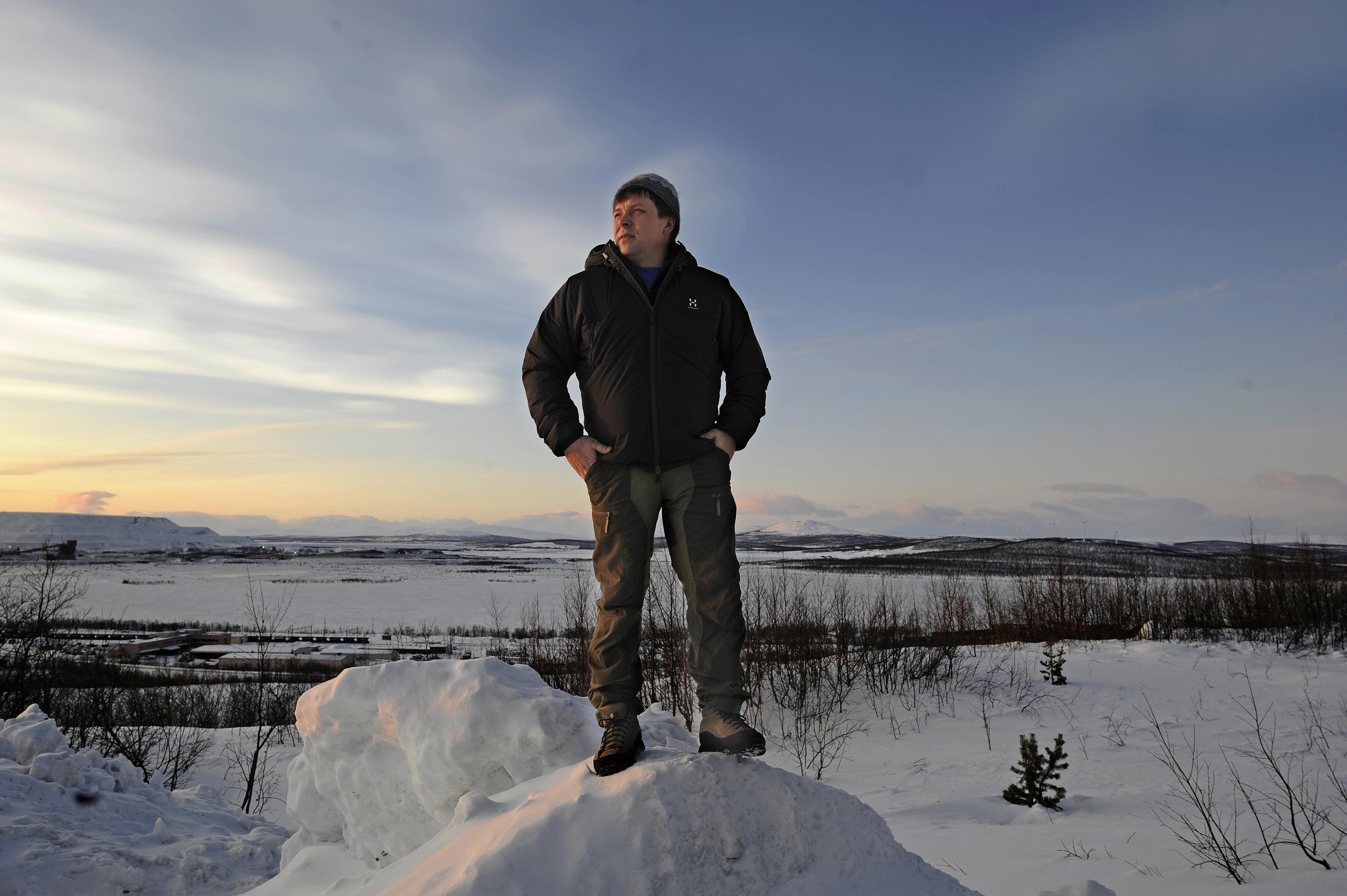
We are all guilty of “fast thinking” on one issue or another – favouring emotional, bias confirming, identity affirming, stories. It is hard to imagine the popular conception of the Arctic, with its central role in illustrating global climate changes, transforming any time soon. But it reinforces how important consultation, engagement, and where possible self-governance, is for Indigenous and northern communities. If national and global influencers and decision-makers cannot be expected to understand Arctic realities, they should not be the ones directing policy for it either.
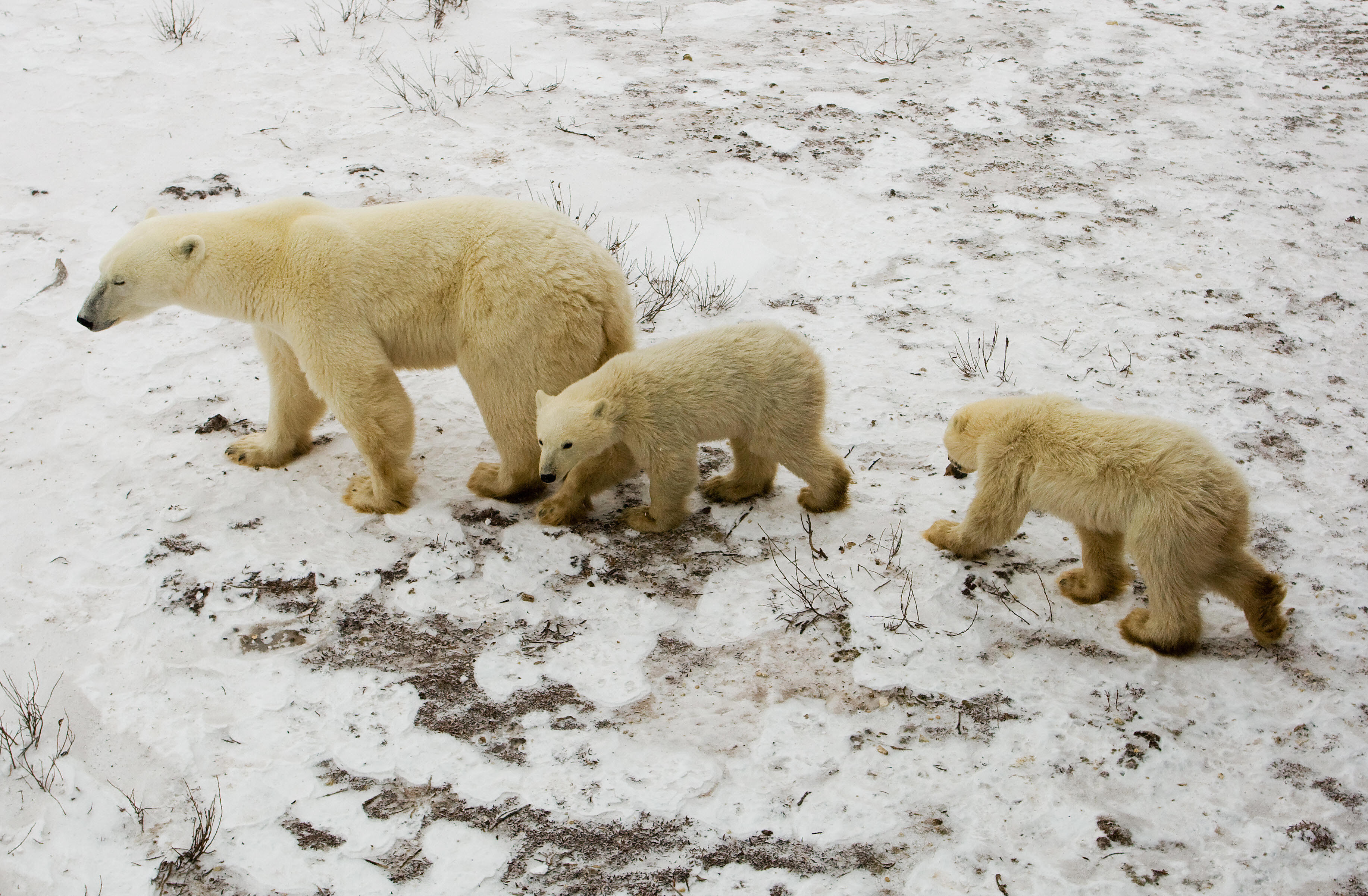
Related stories from around the North:
Canada: #SavetheArctic… from Greenpeace, Blog from Heather Exner-Pirot
Finland: Plastic recycling slow to gain ground in Finland, YLE News
Greenland: Study finds increase in litter on Arctic seafloor, Blog by Mia Bennett
Norway: Environment ministers on Barents coast to discuss Arctic sea safety and climate change, The Independent Barents Observer
Russia: Pollution in Arctic Russian city of Nikel increases – Will new technology turn the tides?, The Independent Barents Observer
Sweden: Stockholm cleans up and passes air quality test, Radio Sweden
United States: NASA research flight around the world pauses in Anchorage, Alaska, Alaska Dispatch News


